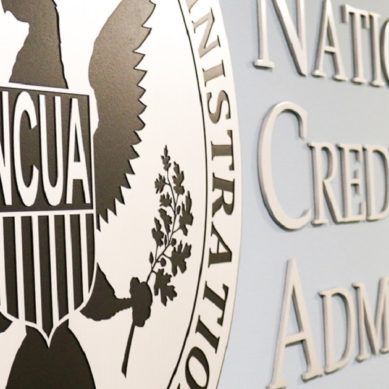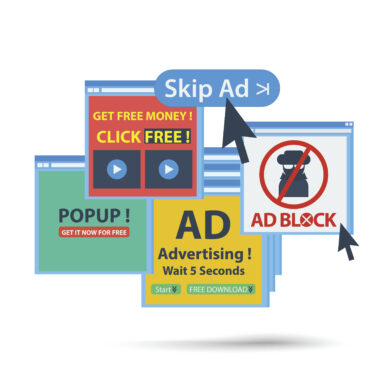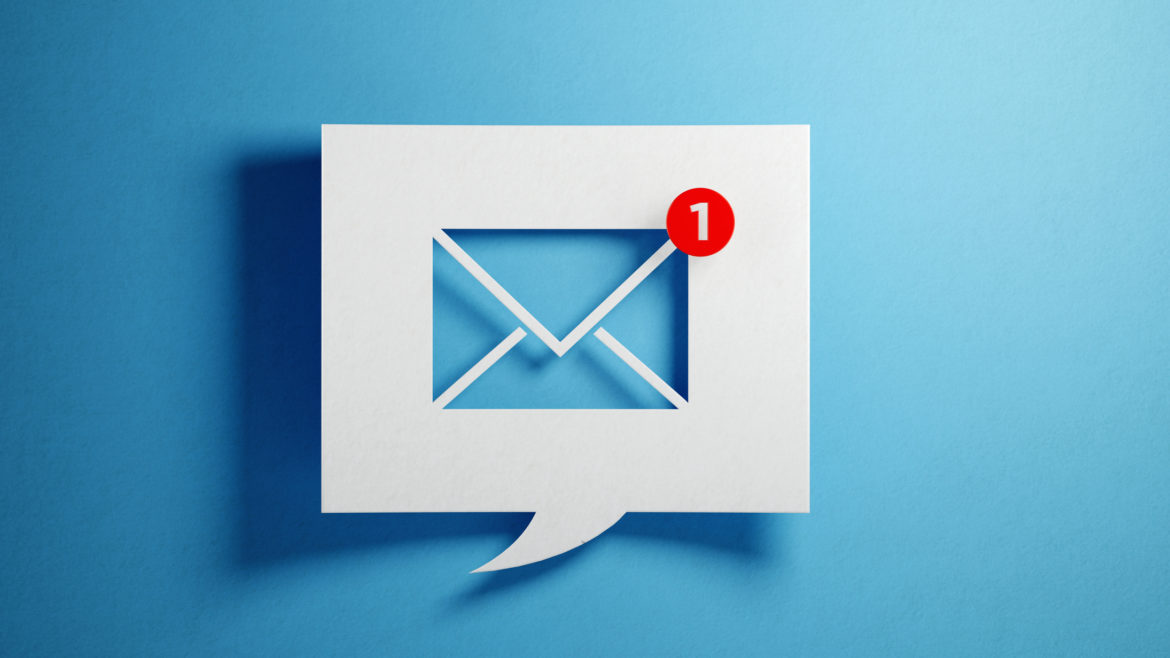The measure of a successful inbox management strategy is open for interpretation. Is it reaching inbox zero? For many, this is too tall an order. Read on for a few tips to consider, but keep in mind there is no one-size-fits-all approach. Your strategy should be one that works for you individually.
With careful thought and adopting some healthy habits, you can build an inbox management strategy that works for you. With proper execution, you can expect to enjoy benefits like better time management, increased productivity, and reduced stress.
Five tips to manage your inbox
Use subfolders to organize emails
Creating subfolders is a great way to develop your organizational strategy. You can use subfolders to archive email threads for future reference or to place action-pending email threads for follow-up. This clears up your inbox so you can focus on items that require immediate attention.
Subfolder labels should be clear and intuitive. For example, if your role requires working with multiple departments, you may want to organize subfolders by department name.
Set up rules and filters
Most email providers let you set up inbox rules or filters that automatically move certain types of emails to the desired location. This keeps your inbox clean with less manual intervention.
For example, you may receive a weekly newsletter that you want to read but doesn’t require follow-up. You may want to have these emails routed to a subfolder to review when time permits.
Make an email schedule
It’s increasingly common for workers to monitor their inboxes during and after normal business hours. This may seem like a good inbox management strategy, but it can take your attention away from the task at hand and negatively impact productivity.
It may be helpful to designate blocks of time for reading and responding to emails. Block off the time on your calendar and stay committed to the schedule. It will likely take some trial and error to determine the appropriate time intervals.
Create templates for frequent follow-ups
If you find yourself composing the same email often, it’s a good idea to create templates for canned responses. You can store these in your “Drafts” folder or create a subfolder for “Email Templates”. This doesn’t need to be exclusive to email responses either. You can also set up templates for initiating emails.
For example, if you perform tasks that require an email notification or action request and they have the same basic structure, create templates for those to save time.
Example:
Hi [insert name],
We completed processing your quarterly upload and placed a report in your queue for review and approval. Please take a moment to review the report and let me know if you have any questions or concerns. Once approved, we’ll complete the live deployment.
Thank you,
Use calendar for action-pending items
If you have an action-pending email thread and there is a date by which you’re expecting a follow-up, you can use your calendar to set a follow-up reminder. If you haven’t heard back by the calendar alert, send a courtesy reminder.
On some platforms, you can create a calendar event from the email thread to stay organized and avoid searching for the email you want to reply from.
Keep it clean
Don’t get lost in a sea of emails! If managing your inbox feels more like your inbox is managing you, consider adopting some of these best practices to stay on top of your emails.
































































